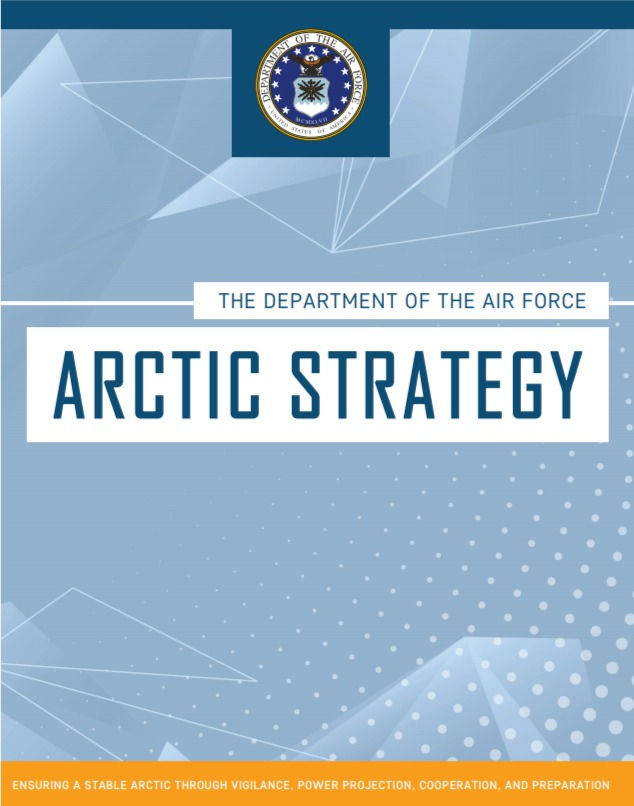

Protecting the Command Center
Veteran Suicide Prevention Documentary Premier May 3rd, 6-11PM EST at the Westfields Marriott Dulles in Chantilly, Virginia. Get tickets...


May Newsletter - BIED Society
BIED Society, Brain Injury, Veteran Suicide Prevention. Documentary, Series.


BIED Society Spring Newsletter
Tickets are on sale now, get your movie premier tickets and your Conference tickets in the Newsletter link below. Tickets on sale now for...


Thanksgiving
Happy Thanksgiving!

Kenneth T. Davis, PhD-Chairman of the Board of Regents, BIED Society
Nov 28, 20242 min read


Come meet Miss America Grace Stanke at our Veteran Suicide Prevention Fund Raiser and GALA (Nov. 16 at the Dulles Airport Marriott)
Veteran Suicide Prevention, documentary, fund raising, Brain injury, Research, Congress, Policy

Kenneth T. Davis, PhD-Chairman of the Board of Regents, BIED Society
Oct 30, 20241 min read


Our Keynote Speaker will be retired U.S. Ambassador Tom Armbruster at our Autumn Conference November 15-17.
International Consultant. Previously Team Leader for the Office of the Inspector General at the U.S. State Department with inspections of...

Kenneth T. Davis, PhD-Chairman of the Board of Regents, BIED Society
Oct 30, 20242 min read


Kenneth T. Davis, PhD & Brandon Sivret with the BIED Society and Argento Simulations were recognized by the US Forces in Business Awards for 2024
Congratulations!!!! Brandon and Kenneth are @BIED Society members announced this morning as leaders in their industry and community....

Kenneth T. Davis, PhD-Chairman of the Board of Regents, BIED Society
Oct 30, 20243 min read


Tickets are now available to the Autumn BIED Society Conference (Nov. 15-17)
We have three big initiatives this Autumn and one special project! (1) We are heading to the U.S. Congress to reveal our brain injury...

Kenneth T. Davis, PhD-Chairman of the Board of Regents, BIED Society
Oct 1, 20242 min read


Summer BIED Society Review is here!!!!
Take a look at our new authors. Our Summer conference is here! Our key speaker Kriti Upadhyaya, gave a great talk on India! We are...

Kenneth T. Davis, PhD-Chairman of the Board of Regents, BIED Society
Jul 22, 20231 min read


The BIED Society March 18-19, 2023 Review, National Security Division Edition
The BIED Society is pleased to publish our conference proceedings from our March 18-19, 2023 conference. We hope this issue sparks...
Rachael Rhine Milliard
Mar 18, 20231 min read






Comments